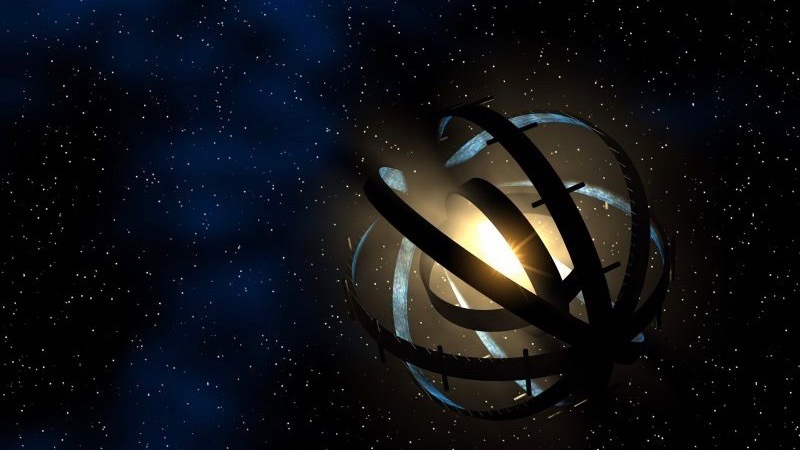A mysterious star that sent alien-hunters scrambling for their telescopes over the last couple of years is finally yielding some of its secrets. The star – nicknamed Tabby’s Star – has intrigued astronomers since its discovery in late 2015 because of the way it dims and brightens over time like no other star. This kind of dimming is usually caused by a planet passing in front of a star, but in the case of Tabby’s Star (KIC 8462852) the dimming was much too extreme and erratic to have been caused by a planet passing by.

The stellar object’s unusual dimming habits sent astronomers of all stripes searching for an explanation. Suggestions ranged from the usual suspects, exoplanets and comets, to the possibility that Tabby’s Star was host to a megastructure built by aliens to capture the star’s energy output. That always seemed a stretch, but given that Tabby’s star is over 1,000 light years away, double-checking that hypothesis has proven a little tricky.
But as is often the case in astronomy, it turns out that aliens are not the answer. A study lead by Tabetha Boyajian – the astronomer who Tabby’s Star is named after – has found that the unusual dimming is most likely caused by dust.
“Dust is always a culprit in astrophysics,” says Boyajian.
But because the original observations by NASA’s Kepler space telescope were only made in a limited range of wavelengths, astronomers couldn’t tell whether the dimming was made by a solid body or by something less solid, such as a dust cloud. Although dust was always a strong candidate, the Kepler observations didn’t feature the typical infrared signature astronomers would expect to see from a dust cloud.
To get to the bottom of the mystery, a team of more than 100 researchers, led by Boyajian, started to take a look at star using ground-based telescopes. Time on the telescopes was funded by a Kickstarter campaign that raised over £700,000 for the research effort.
Between March and December 2017, the researchers observed four distinct episodes where the star’s light dipped by up to 2.5 per cent. An analysis of the colour signature of those dips showed that the blockage in front of Tabby’s Star absorbed more blue light than red. This strongly suggests that it’s some kind of huge dust cloud that keeps passing in front of the star, and not a planet or alien structure.
“If it was something solid like a planet or a megastructure it would block out all those colours of light equally,” Boyajian says.
Now Boyajian and her team are crunching through the data created by those ground telescopes to really get to grips with what the dust cloud looks like, if that really is what is blocking the light from Tabby’s Star.
“There’s still the possibility that whatever’s going on is something we haven’t thought of and that it’s not dust at all,” Boyajian says.
